Art Therapy Activities for Depression: Unlocking the Healing Power of Creativity
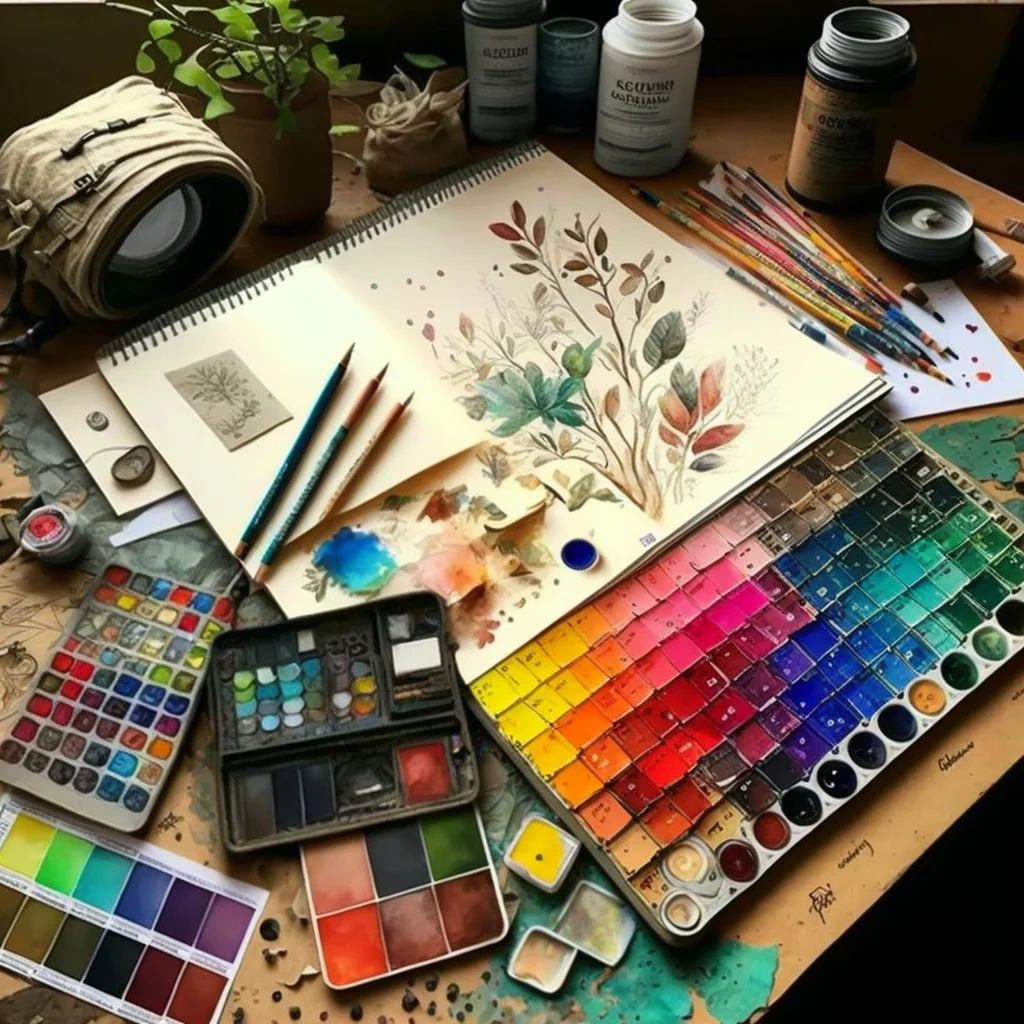
Depression is a complex and challenging mental health condition that affects millions of people worldwide. Art therapy has emerged as an effective tool for those struggling with depression, offering a unique and creative way to explore feelings and emotions. In this article, we’ll delve into the power of art therapy and share some transformative art therapy activities for depression. We’ll also discuss how you can further your understanding of art therapy through our Art Therapy Practitioner Training Course, accredited by IPHM and CMA.
What is Art Therapy?
Art therapy is a therapeutic approach that uses creative expression to promote health and well-being. By engaging in artistic activities, individuals can explore their emotions, reduce stress, and enhance self-awareness. Art therapy is particularly helpful for those dealing with depression, as it offers a safe and non-judgmental space for self-expression and emotional processing.
The Science Behind Art Therapy and Depression
Numerous studies have shown the effectiveness of art therapy in treating depression. Art therapy allows individuals to express their emotions and process their experiences in a non-verbal way, which can be particularly beneficial for those who struggle to articulate their feelings. Additionally, engaging in creative activities releases endorphins, which are natural mood boosters, and helps individuals develop new coping mechanisms and resilience.
The Benefits of Art Therapy for Depression
Art therapy offers numerous benefits for individuals struggling with depression. Some of these benefits include:
- Improved self-awareness: Through art therapy, individuals can gain a deeper understanding of their emotions, thoughts, and behaviors.
- Reduced stress: Engaging in creative activities has been shown to decrease stress levels and promote relaxation.
- Enhanced communication: Art therapy can help individuals express feelings and thoughts that may be difficult to put into words.
- Emotional catharsis: Creating art allows for the release of pent-up emotions, providing relief and healing.
- Increased self-esteem: Completing a piece of art can instill a sense of accomplishment and boost self-confidence.
Art Therapy Activities for Depression
1. Painting Your Emotions
Materials: Acrylic or watercolor paints, paintbrushes, paper or canvas
Instructions:
- Set up your painting materials in a comfortable and quiet space.
- Close your eyes and take a few deep breaths, focusing on your emotions.
- Choose a color that represents your current emotion and begin painting on the paper or canvas.
- Allow your emotions to guide your brushstrokes, creating an abstract representation of your feelings.
- Continue adding colors and shapes as needed to fully express your emotions.
2. Gratitude Collage
Materials: Magazines, newspapers, scissors, glue, large piece of paper or poster board
Instructions:
- Flip through the magazines and newspapers, cutting out images and words that represent things for which you are grateful.
- Arrange the images and words on the paper or poster board, creating a collage that represents your gratitude.
- Glue the images and words in place, and hang the collage in a prominent location as a daily reminder of the positive aspects of your life.
3. Self-Portrait
Materials: Pencils, charcoal, or pastels, paper
Instructions:
- Sit in front of a mirror or use a photograph of yourself as a reference.
- Draw a self-portrait, focusing onthe features and emotions you want to express.
- 3. As you draw, reflect on your feelings and thoughts about yourself, and consider how your self-perception may influence your experience with depression.
4. Clay Sculpture
Materials: Modeling clay or Play-Doh
Instructions:
- Take a piece of clay and begin to mold it into a shape that represents your depression.
- As you work with the clay, consider the physical and emotional sensations associated with your depression.
- Once your sculpture is complete, reflect on the process and consider what insights you have gained about your experience with depression.
Enhance Your Art Therapy Skills with Scholistico’s Art Therapy Practitioner Training Course
If you’re interested in deepening your knowledge and skills in art therapy, consider enrolling in our Art Therapy Practitioner Training Course. This comprehensive and accessible online program provides you with the tools and techniques needed to effectively use art therapy for depression and other mental health challenges. Our course focuses on the non-clinical aspect of art therapy, making it suitable for practitioners looking to incorporate creative healing methods into their practice.
Course Features and Benefits
By joining our Art Therapy Practitioner Training Course, you’ll gain access to the following benefits:
- Unlimited access to course materials
- Over 687 students already enrolled in the program
- 100% secure payment
- Customer service available 7 days a week, 24 hours a day
- Internationally recognized certification, accredited by IPHM and CMA
What You’ll Learn
The Art Therapy Practitioner Training Course covers a range of topics, including:
- The history and theory of art therapy (source)
- Art therapy techniques for various populations and settings
- Creative activities and exercises for self-expression
- The role of the art therapy practitioner in facilitating healing and growth
How to Enroll
Ready to begin your journey as an art therapy practitioner? Register for the Art Therapy Practitioner Training Course today and receive the training for only $82 USD for 2 months, or $145 USD (a value of $545 USD). With unlimited access, downloadable PDF summaries, and audio modules, you can work at your own pace from your computer, tablet, or mobile device.
Conclusion
Art therapy activities for depression offer a creative and therapeutic way for individuals to explore their emotions, enhance self-awareness, and promote healing. By engaging in art therapy exercises, such as painting your emotions, creating a gratitude collage, drawing self-portraits, or sculpting with clay, those struggling with depression can gain valuable insights and experience emotional relief. To further your understanding and skills in art therapy as a non-clinical practitioner, consider enrolling in Scholistico’s Art Therapy Practitioner Training Course and unlock the healing power of creativity.

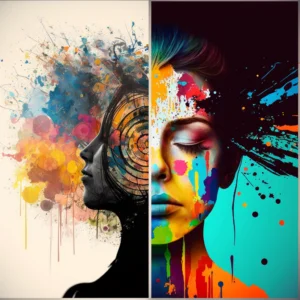
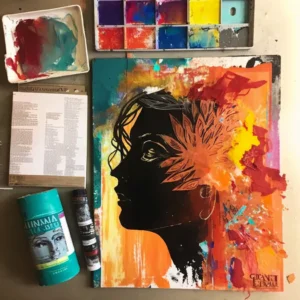
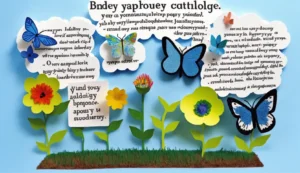
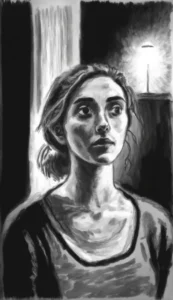
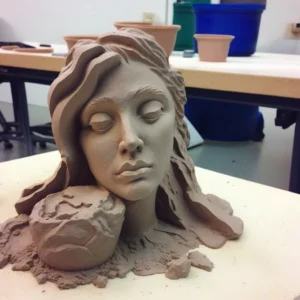
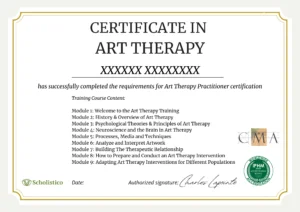
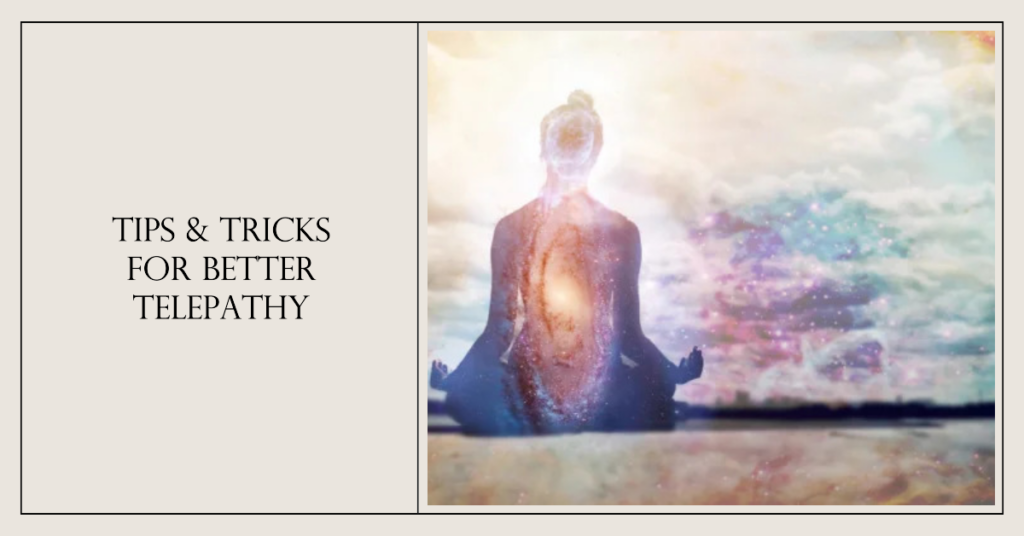
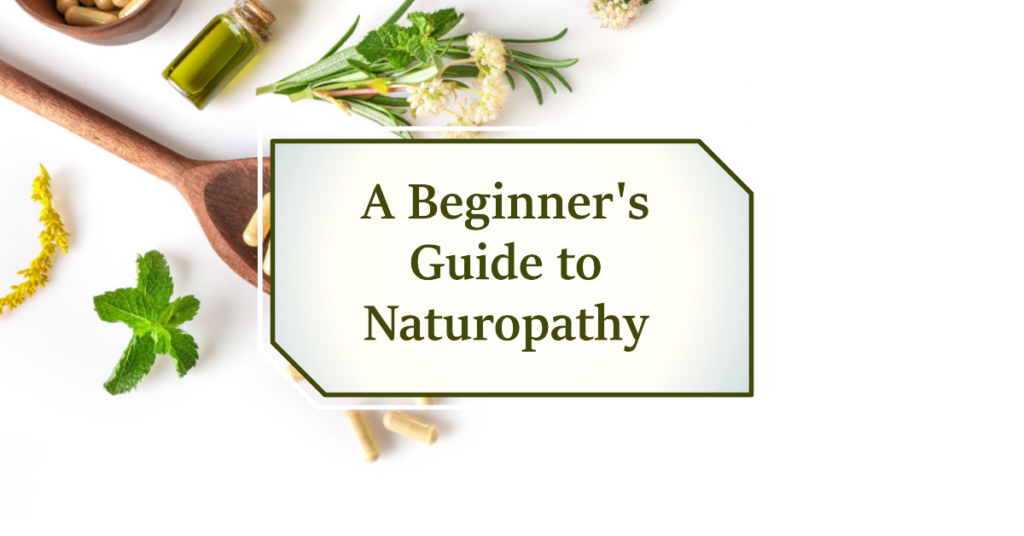
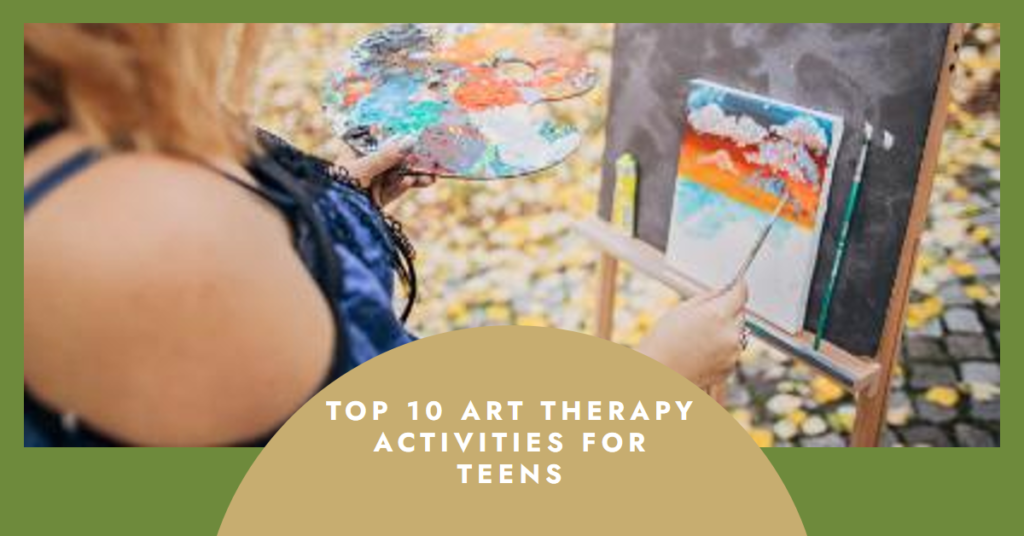
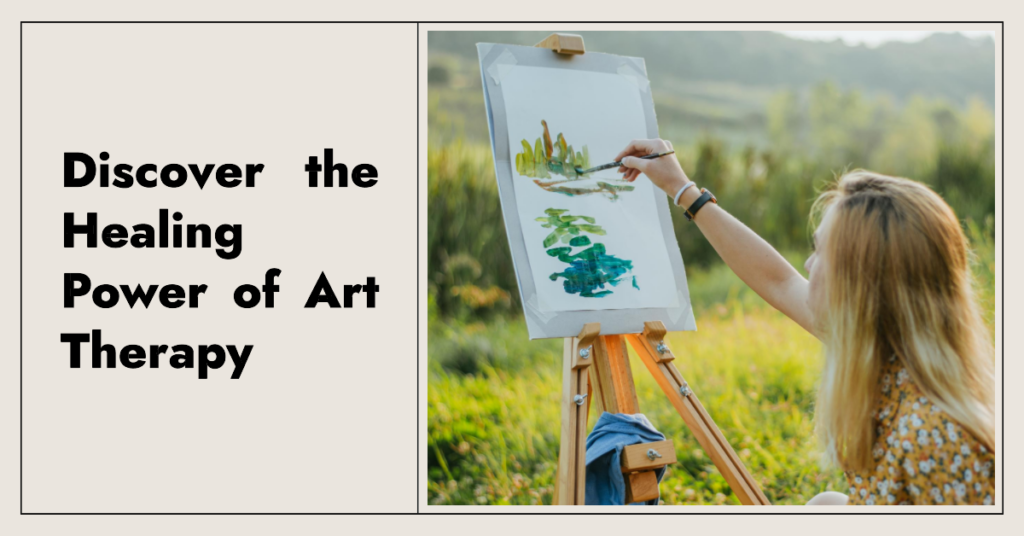
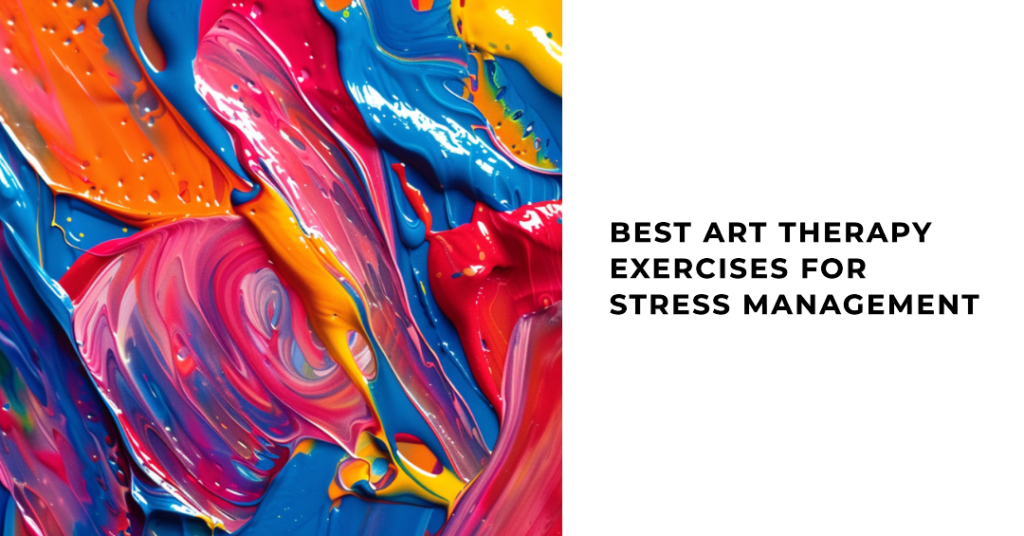




[…] of the key art therapy activities that can provide insight into a teenager’s emotional state is creating emotion portraits. […]
[…] the heart of art therapy lies the belief that artistic expression can engender healing and mental well-being. It is […]